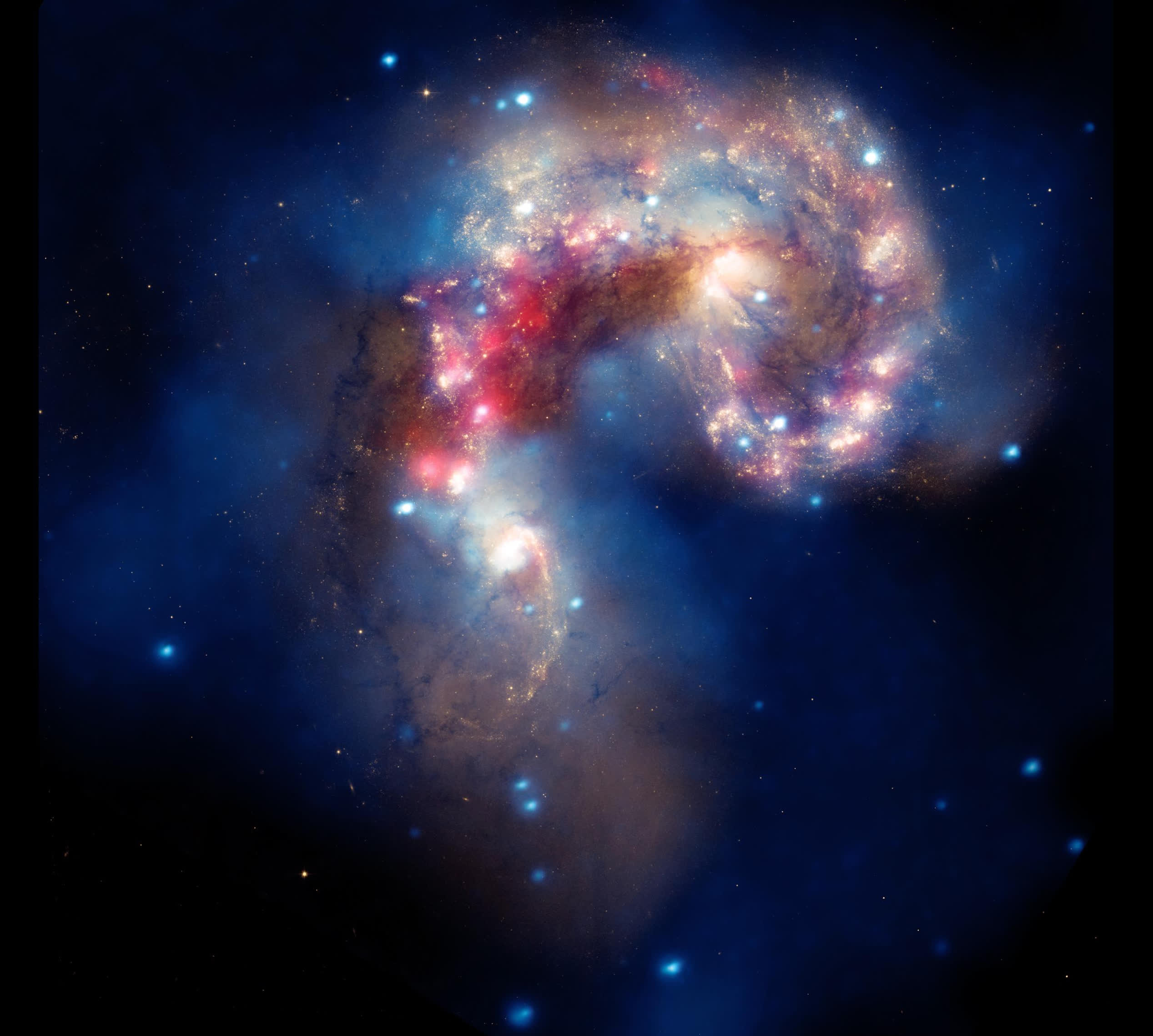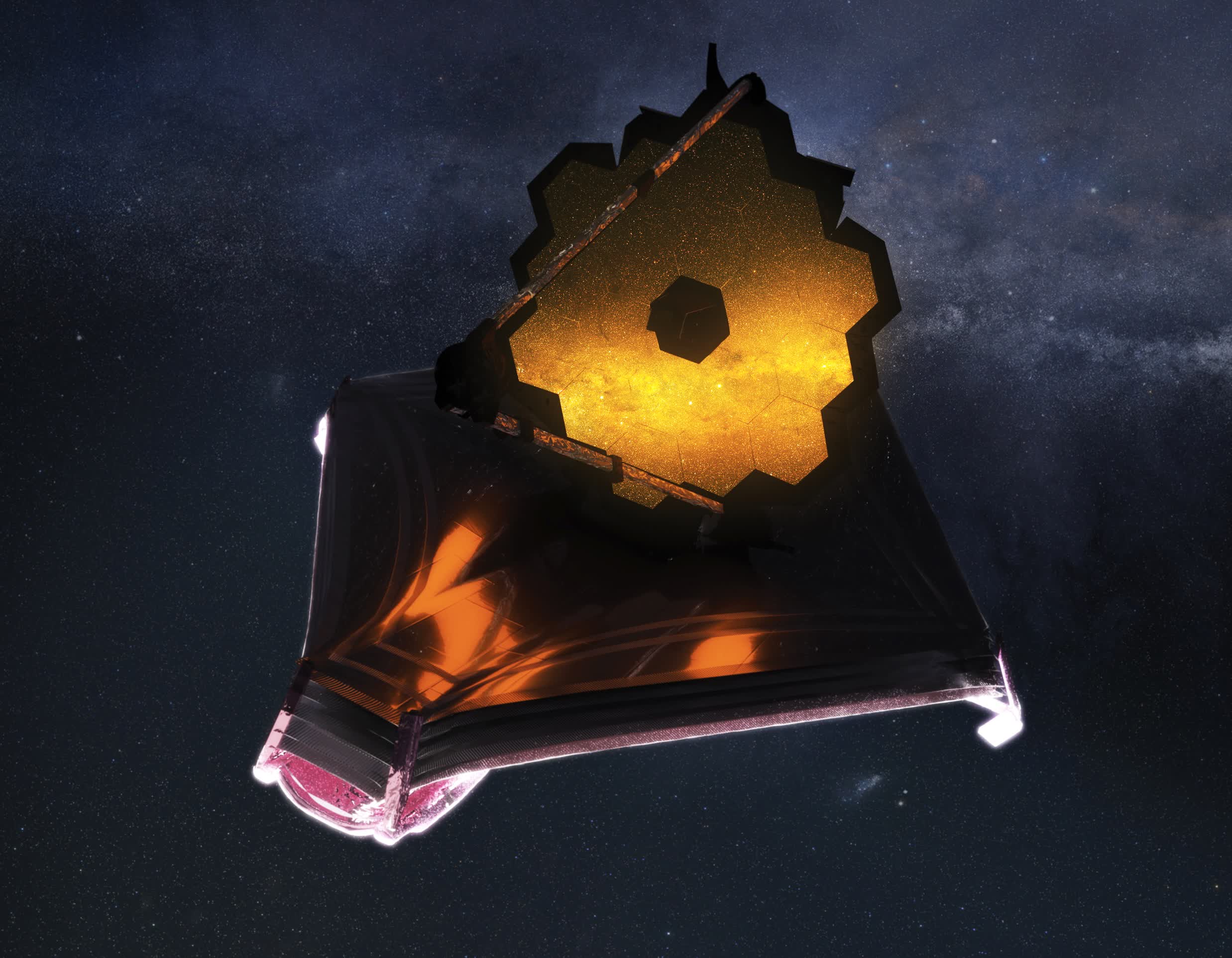In brief: NASA is just days away from revealing the first full-color images and spectroscopic data captured by the James Webb Space Telescope. As if we weren't already teeming with anticipation, the space agency has added some fuel to the fire by teasing Webb's first celestial targets.
Targets were chosen by an international committee of representatives from NASA, ESA, CSA, and the Space Telescope Science Institute, and mark the official beginning of Webb's general science operations.
NASA previously shared images from its coldest instrument, the Mid-Infrared instrument (MIRI for short) but those were just test images to demonstrate it was working properly.
Webb's first official targets are as follows:
- Carina Nebula: The Carina Nebula is one of the largest and brightest nebulae in the sky, located approximately 7,600 light-years away in the southern constellation Carina. Nebulae are stellar nurseries where stars form. The Carina Nebula is home to many massive stars, several times larger than the Sun.
- WASP-96 b (spectrum): WASP-96 b is a giant planet outside our solar system, composed mainly of gas. The planet, located nearly 1,150 light-years from Earth, orbits its star every 3.4 days. It has about half the mass of Jupiter, and its discovery was announced in 2014.
- Southern Ring Nebula: The Southern Ring, or "Eight-Burst" nebula, is a planetary nebula - an expanding cloud of gas, surrounding a dying star. It is nearly half a light-year in diameter and is located approximately 2,000 light years away from Earth.
- Stephan's Quintet: About 290 million light-years away, Stephan's Quintet is located in the constellation Pegasus. It is notable for being the first compact galaxy group ever discovered in 1877. Four of the five galaxies within the quintet are locked in a cosmic dance of repeated close encounters.
- SMACS 0723: Massive foreground galaxy clusters magnify and distort the light of objects behind them, permitting a deep field view into both the extremely distant and intrinsically faint galaxy populations.

Images from these first observations will be released during NASA's live broadcast starting at 10:30 a.m. Eastern on July 12. The agency said images will be shared simultaneously across social media and on its website.
